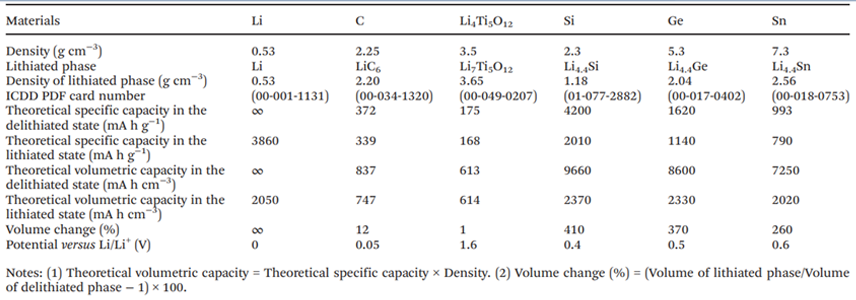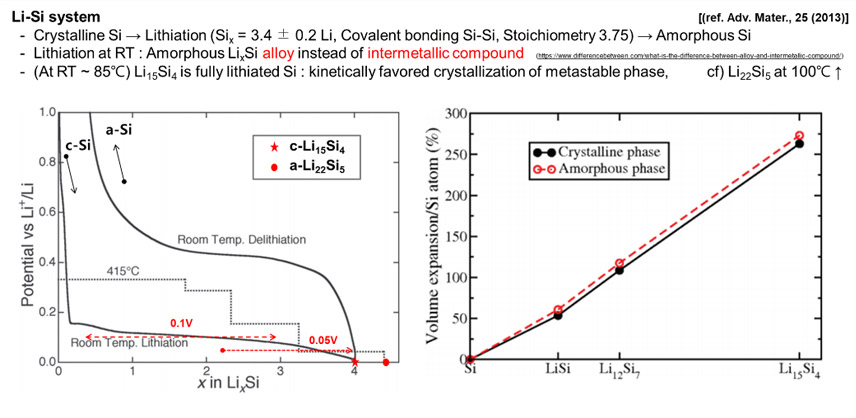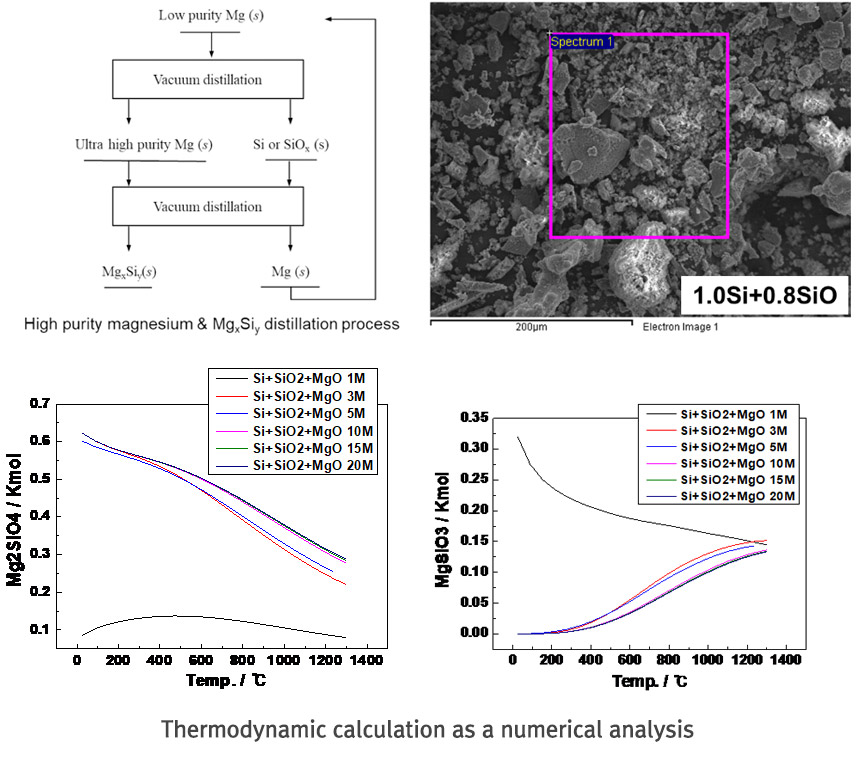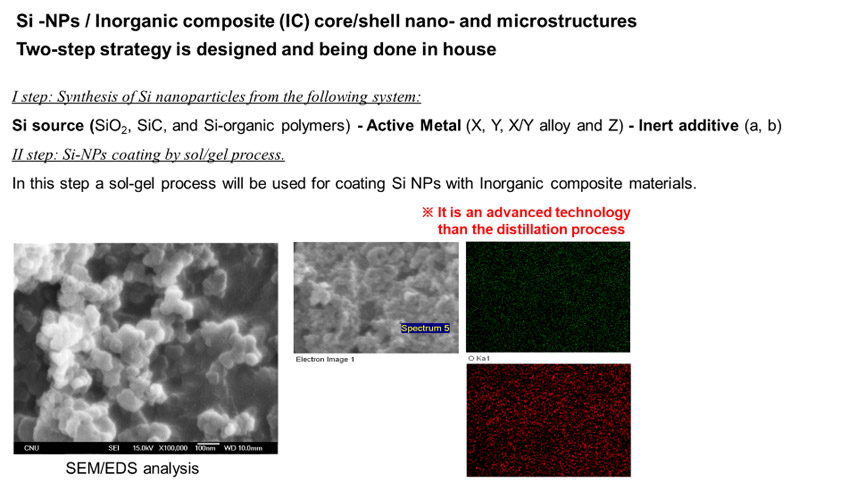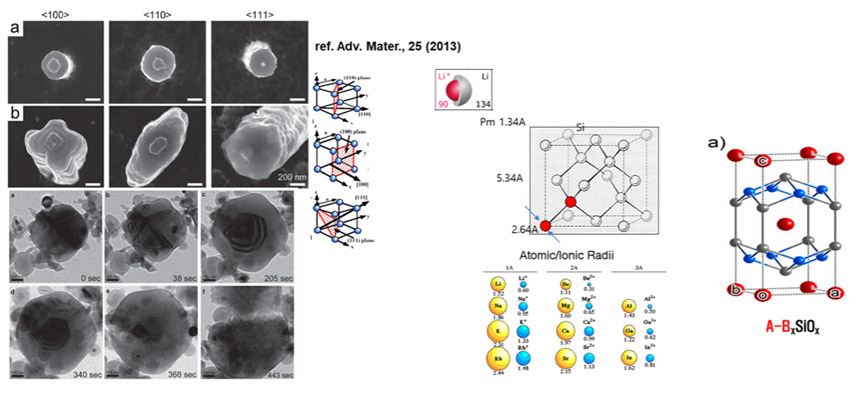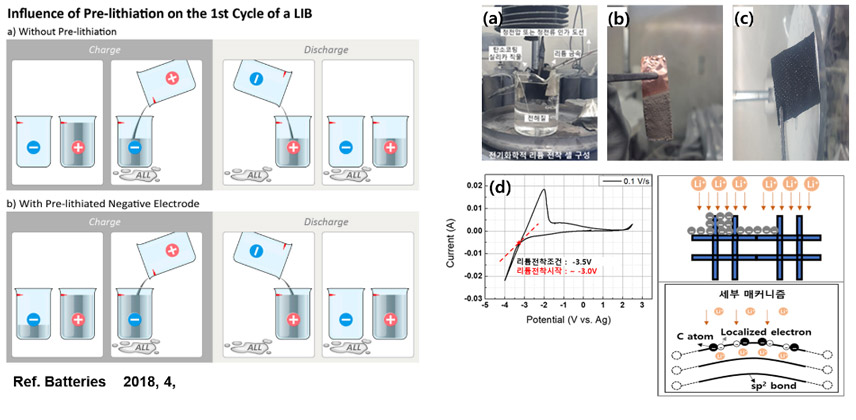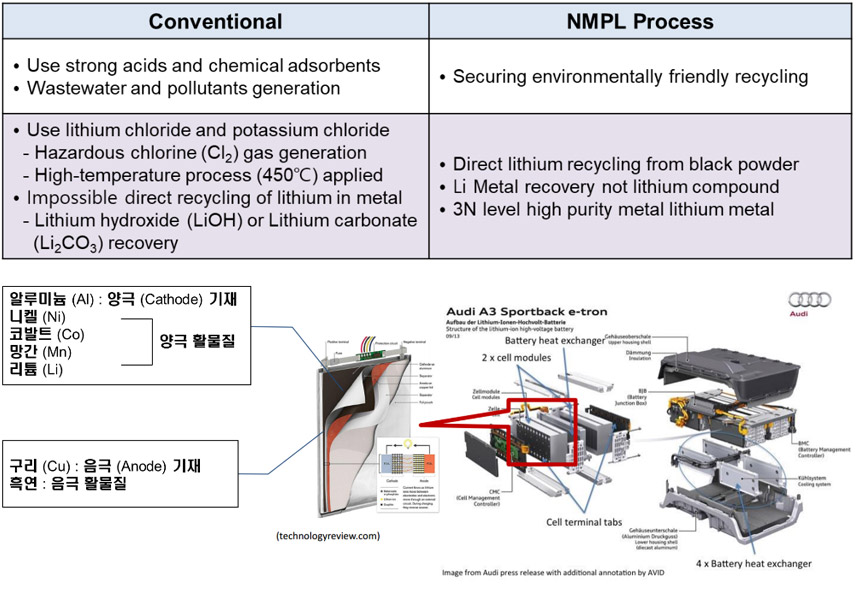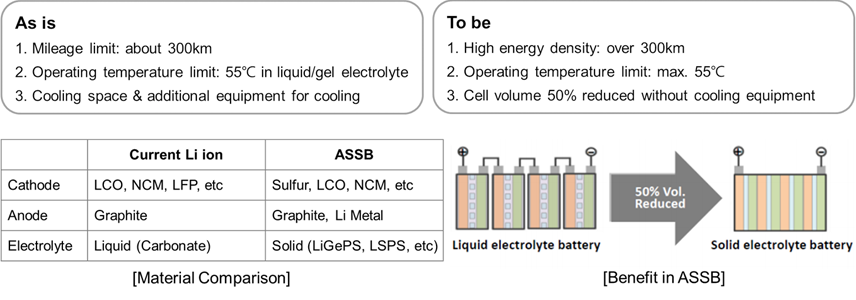Silicon Composite Materials
Why Silicon material ?
In order to manufacture electric vehicles with a mileage of more than 500 km, the development of next-generation secondary battery material and cell technology over 300 Wh/kg, known as the energy density limit of secondary batteries, must be preceded.
If we look at the next generation secondary battery anode material roadmap, we'll see material change from graphite to silicon and lithium metal is a global trend, and cell energy density limits can be overcome when the technology is secured.
- Graphite : theoretical discharge capacity of 372 mAh/g
- Silicon : 4,200 mAh/g
- Lithium metal : 3,860 mAh/g
Why Silicon Composite Material ?
Silicon expands by about 330% between charges in the secondary battery, i.e., during lithiation, which is considered to be the biggest obstacle to the commercialization of silicon materials.
NMPL’s effort
1. Silicon composite materials using Si+Metal distillation process
Patent-pending : KR10-2022-0036587
4. Silicon Composites + Pre-lithiated Li(aSi+bSiOx+cX +dY + eLi formation)
Patent-pending : KR10-2022-0036586
- Reduce the amount and irreversibility of lithium required for SEI formation during initial charging
- Prevention of Lithium Consumption by Silicone Expansion and SEI repeated formation
Dendrite inhibition by thinning and structuring lithium electrodes
Li recycling from cathode active material like NCM, etc. & 20um level Li metal electrode formation
This task is a collaboration project with a Korean battery manufacturer, and details are omitted.
Solid state secondary batteries using solid electrolytes have the following characteristics.
All Solid State Battery
Why All solid state battery ?
It is one of the next generation secondary battery types that can solve the problems of current liquid electrolytes or polymer electrolytes based lithium-ion batteries.
Solid state secondary batteries using solid electrolytes have the following characteristics.
The technologies we are trying to research and develop are as follows.
- Silicon composite material capable of suppressing silicon expansion
- All solid state secondary batteries using this Silicon composite material
- Development of materials, process design and cell technology related to (silicon composite + solid electrolyte) complex


